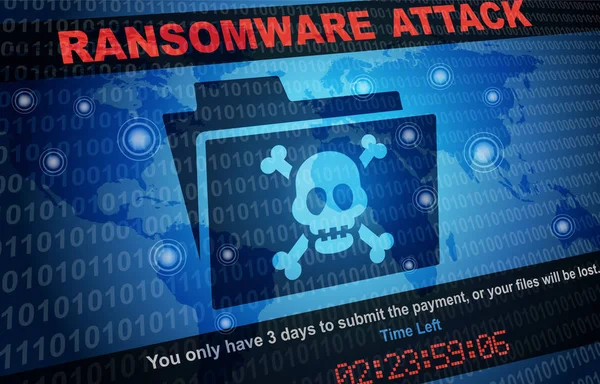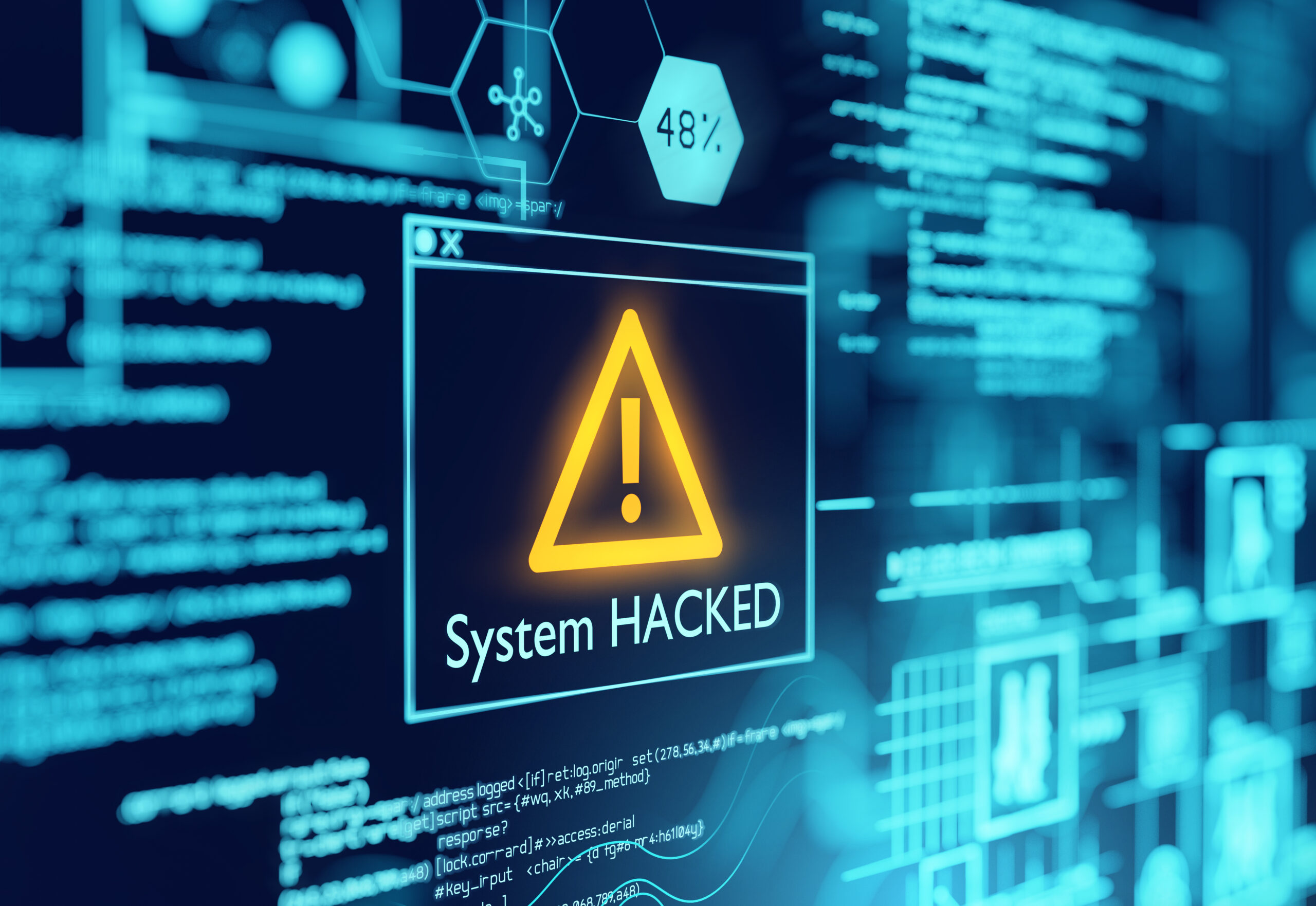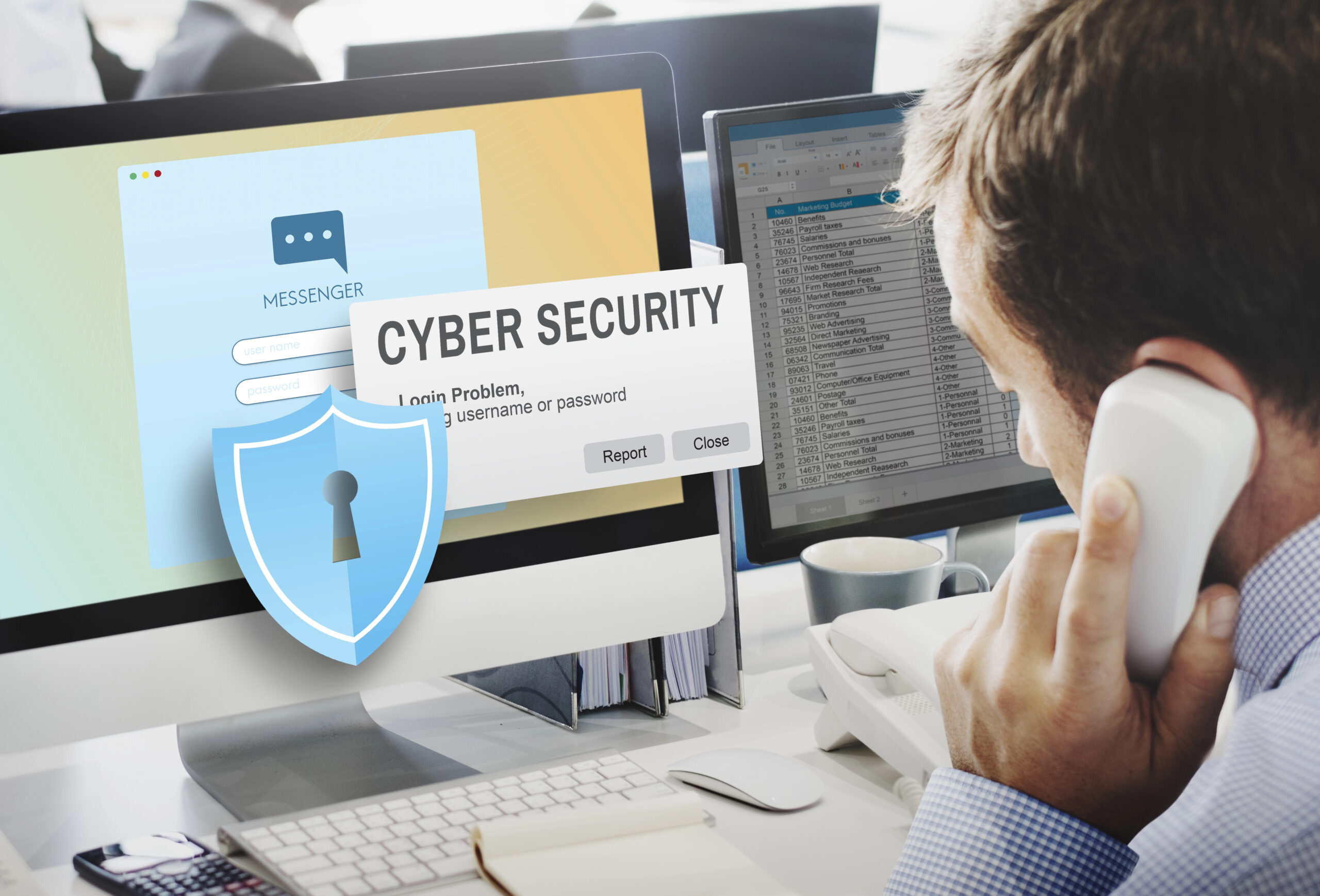We recently had the chance to sit down with Vincent D’Agostino, Head of Cyber Forensics and Incident Response at BlueVoyant. BlueVoyant provides security services like third-party risk and digital rights protection, among many others.
Before Vincent brought his talents to BlueVoyant, he spent a number of years with the FBI, seven of these on the team dedicated to dealing with traditional organized crime. While the connection isn’t obvious between that world and the world of cybercrime, someone with Vincent’s experience has context most of us lack—and this was just one of the things we spoke about during our conversation.
Continue reading









